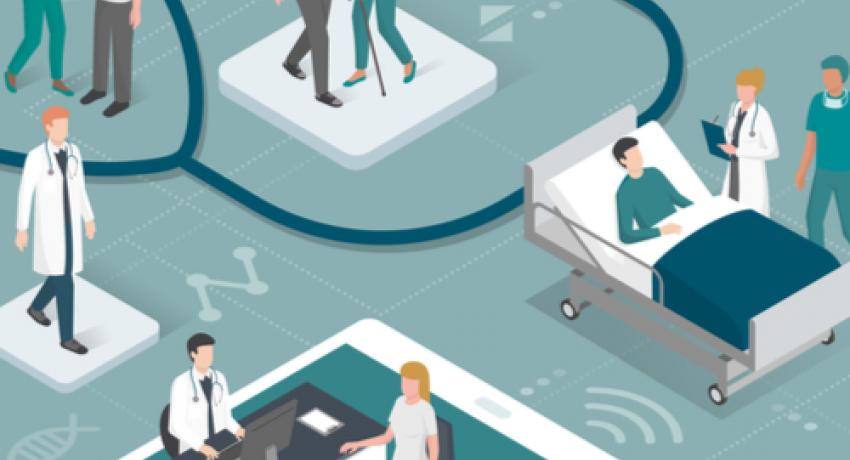Vision:
to see a healthy, productive, and prosperous society.
Mission:
to promote the health and wellbeing of Ethiopians through systematic planning, improvement and control of quality-of-care delivery.
THE MAIN FUNCTIONS OF THE DIRECTORATE
- Develop, implement and monitor the strategic and annual plans of the directorate.
- Regularly prepare hospital reform implementation manuals; Coordinates periodic review, promotion and provide trainers training.
- Supports and monitors the provision of quality health care delivery in the institution
- Develop quality assurance standards, guidance, and protocols for selected and focused medical services; It supports their application, Monitors, and supports the strengthening of clinical audits to improve the quality of all government medical facilities.
- Identifies gaps by conducting research and audit to ensure that medical services are of high quality and safety, and develop strategies for improvement.
- Develops strategies to improve the quality of services by using key performance indicators collected from service providers.
- Develop and oversee the process of compiling and disseminating best practices.
- Establish a system to prevent the occurrence of medical errors during medical services provision; It also monitors its implementation.
- Develop a system that allows health professionals to provide services according to professional ethics and create exemplary professionals; Supports and monitor a system that enables senior health professionals to play their part in the overall transformation of institutions;
- Establish and monitor a system of complaint handling in the event of a health outage. It responds.
- Supports and Monitors an establishment of a system in which service users community with a full understanding of the service delivery and institutional processes by directly participating in the process and contributing to the overall transformation of institutions.
- Prepares medical service quality standards; It identifies gaps and implements and monitors improvement programs;
- In collaboration with the health sector stakeholders supports and works in maintaining the quality of the other implementation frameworks.
- Conducts coordinated supportive supervision in facilities in collaboration with regional, city administration health bureaus and partner organizations;
- Supports the well-performing health facilities to enroll in the accreditation process.
- Implement Mentorship activities to improve the quality of medical services
- Implements and institutionalizes various quality improvement models, strategies, and principles.
- Identifies sources of health risk, sets directions for action
- Institutionalizes and supports the implementation of quality culture.
- Supports and monitors hospital management capacity, enables hospitals to have modern and professional management; supports board capacity and monetary reform.
- Coordinates national quality research meetings and training.
NATIONAL QUALITY HEALTH CARE STRATEGY
Following the launch of HSTP I, National Quality Strategy I (2016-2020) was developed to materialize the aim stated in the HSTP. The NQS I specified five priority health areas and four strategic focus areas. This helped the country to leverage resources, establish the necessary quality structure at all levels, and create a pool of experts in the area of quality. But in the last five years, interest is renewed at the global stage regarding the quality and safety of healthcare. New interventions and concepts on patient safety and quality were benchmarked and documents are shared on the global stage.
As a result, The MOH reviewed the performance of the NQS and building on the gains made and learning from the lessons, developed the NQS II (2021-2025) to incorporate concepts and interventions tailored to the contexts of the country as outlined in HSTPII
The overarching goal of the current strategy is to continually improve health outcome and confidence in the system through the realization of the following five Objectives: improve evidence-based essential health care provision; improved People-Centered Care; reduce harm arising from the care delivery; improve efficiency in the health care delivery; and create a Quality culture through continuous learning and improvement. For all objectives, major activities and targets were developed.
MAJOR INITIATIVES



